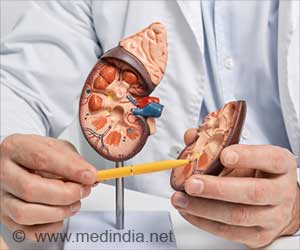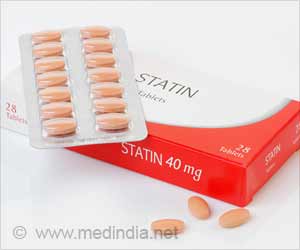A new thin-film coating has been developed by researchers at Massachusetts Institute of Technology that can deliver controlled drug doses after an implantation.
A new thin-film coating has been developed by researchers at Massachusetts Institute of Technology that can deliver controlled drug doses after an implantation.
This technique serving as a “micro pharmacy” makes use of a film that could be used to deliver drugs for cancer, epilepsy, diabetes and other diseases.The film, developed as a result of the study by Paula Hammond, the Bayer Professor of Chemical Engineering, is one of the first drug-delivery coatings that can be remotely activated by applying a small electric field.
“You can mete out what is needed, exactly when it's needed, in a systematic fashion,” said Hammond.
The film is about 150 nanometers (billionths of a meter) thick and can be embedded in specific body parts. They are made from alternating layers of two materials: a negatively charged pigment and a positively charged drug molecule, or a neutral drug wrapped in a positively charged molecule.
A pigment, called Prussian Blue, sandwiches the drug molecules and holds them in place.
The Prussian Blue loses its negative charge after applying an electrical potential to the film, and this causes the film to disintegrate and release the drugs. However, one can precisely control the amount of drug delivered and the timing of the dose by turning the voltage on and off.
Advertisement
Discrete packets of drugs can also be carried by the films which can be separately released, which could in turn be beneficial, especially for chemotherapy. Thus tthe research team is now planning to load the films with different cancer drugs.
Advertisement
“You could eventually have a signalling system with biosensors coupled with the drug delivery component,” said Daniel Schmidt, a graduate student in chemical engineering.
It is easy to control the composition of these films, as they are built layer by layer. It is possible to coat them onto a surface of any size or shape, which offers more design flexibility than other drug-delivery devices that have to be microfabricated.
“The drawback to microfabricated devices is that it's hard to coat the drug over a large surface area or over an area that is not planar,” said Wood.
Hammond also stated one more advantage to the films as that they are easy to mass-produce using a variety of techniques. These thin-film systems can be directly applied or patterned onto 3D surfaces such as medical implants.
The study is published in the recent issue of the Proceedings of the National Academy of Sciences.
Source-ANI
KAV/L








